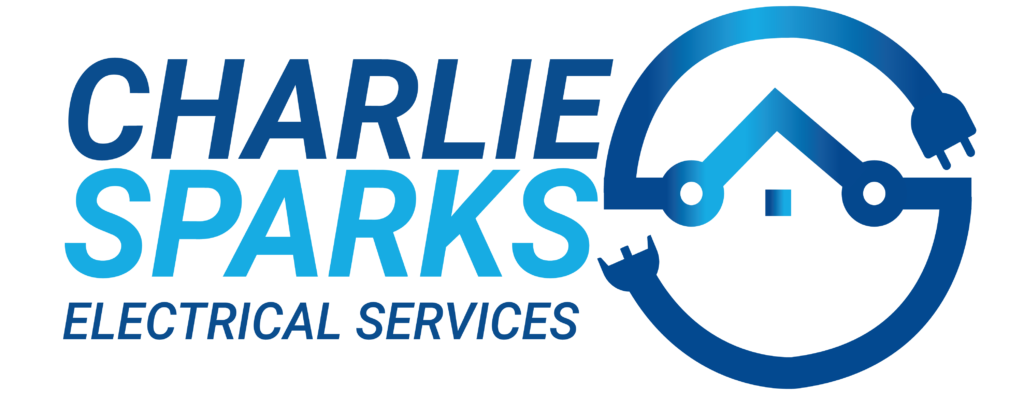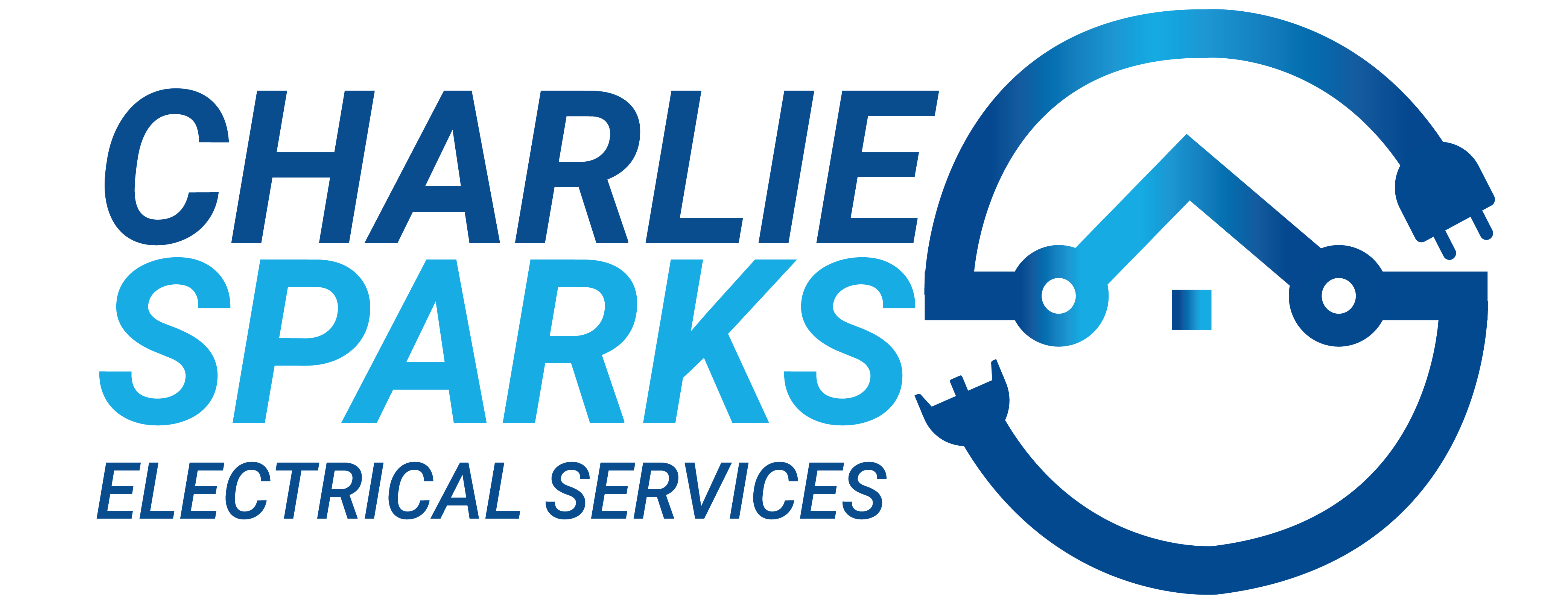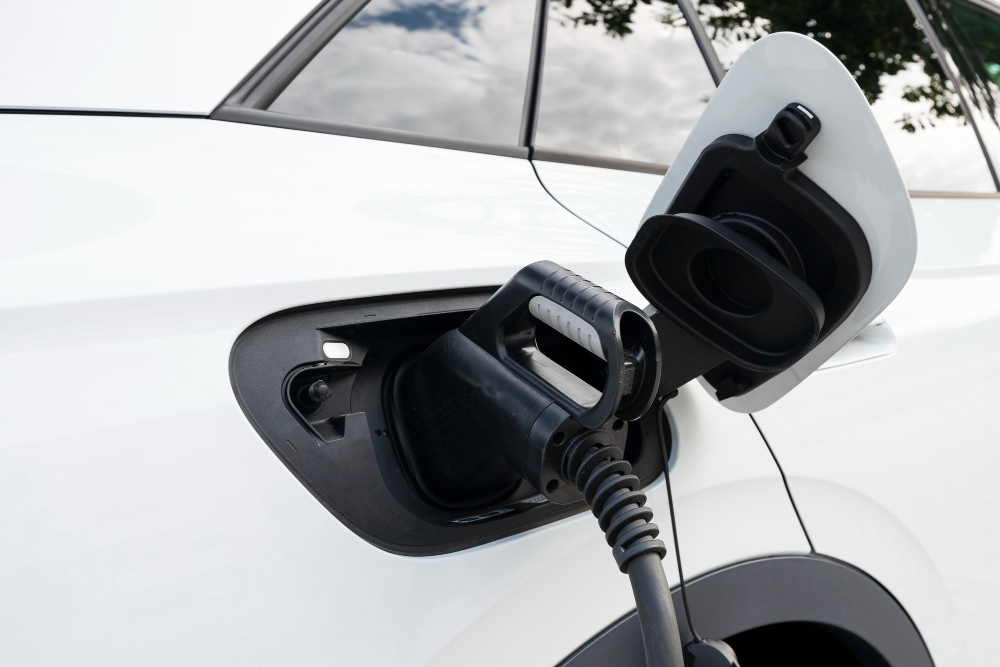As the desire for sustainable transportation solutions grows, electric vehicles (EVs) have increased in popularity due to their ability to reduce carbon emissions and lower fuel costs. An essential factor for EV owners to consider is the availability of charging options for their vehicles.
EV charging connectors come in three varieties: Level 1, Level 2, and Level 3 (also called DC fast charging). It is natural to wonder whether your building is ready for EV Charging, how to select the perfect EV Charger and get it installed in your home, and which type will be the most efficient for you.
Our team at Charlie Sparks understands the importance of selecting and installing the suitable EV Charger for the most efficient working of it. After assessing the site, we will discuss your best options and install and test the EV charging equipment to ensure they’re safe and meet electrical regulations.
Ultimately, being informed of the varying EV charging connectors and speeds is essential for EV owners. Before investing in a charging station or plan, it is necessary to confirm the charging capabilities of the EV and assess the charging speed that is most suitable for your needs.
Electric vehicle ownership can be effortless when you have the appropriate charging plan and equipment.
If you’d like to know more, please don’t hesitate to get in touch with us! Our licensed and insured electricians will provide the best quality service to your home, and we take pride in delivering outstanding craftsmanship to all of our clients.
Vehicle-side EV Connector Types
Slow & Fast Charging (AC)
Commonly employed for supplementary charging in residential, commercial, and other locations, two varieties of AC connectors for automotive use are available.
Type 1 is a single-phase plug commonly used for charging electric vehicles in America and Asia, with the capability to reach a power output of 7.4 kW, depending on the charging power of the car and the grid’s capabilities.
Unlike other plugs, type 2 plugs have three additional wires that enable electricity to flow. As a result, your car will charge more quickly.
Domestic power supplies have a maximum charging rate of 22 kW, while public charging stations may be capable of a total power rate of 43 kW, depending on the type of charger.
Rapid Charging (DC)
DC rapid charging stations are typically employed for quick charging while on the go and feature three main types of car-side connectors.
Users can choose between CHAdeMO and CCS connector cables depending on their vehicle. Rapid chargers have the necessary safeguards to ensure the safety of the battery.
Chargepoint side EV Connector Types
Generally utilised for supplemental charging in residential, commercial, and travel settings, there is predominantly just one type of ChargePoint socket. However, a standard 3-pin plug may sometimes be used as an emergency alternative to charge from an electrical wall outlet.
The Type 2 ChargePoint socket is a universally-compatible interface, comparable with the wall socket used to charge iPhones or Androids – with the same socket but different cables for each car/phone model.




